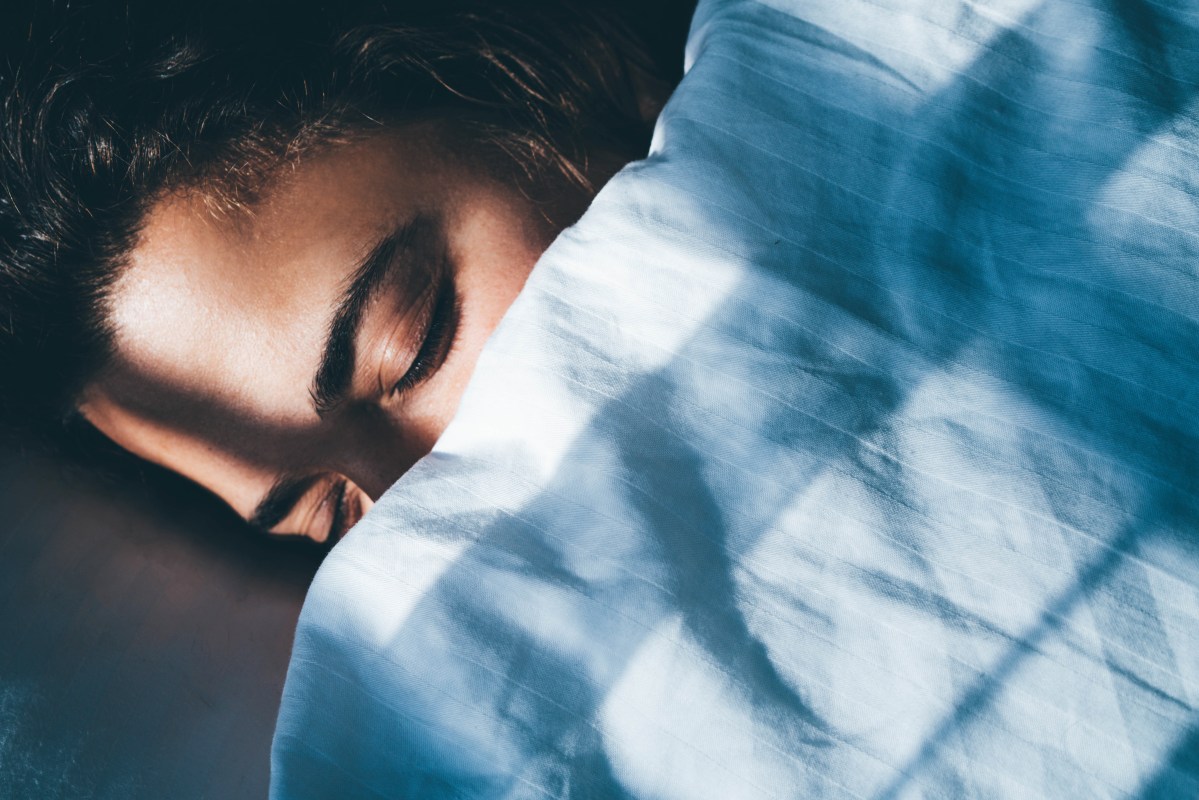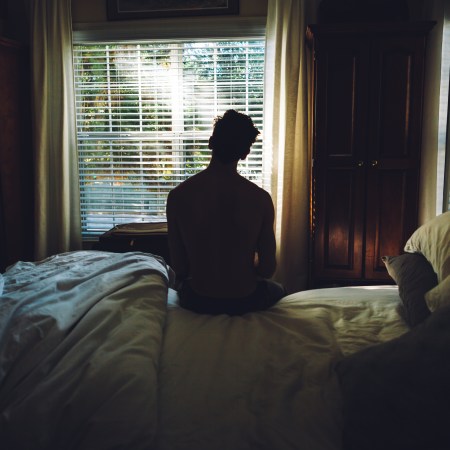Usually, when someone uses the phrase “power nap,” they’re referring to a nap that’s tiny and mighty: whatever shuteye that’s necessary to get through an afternoon or get rid of a hangover. Power naps sound like they pack more of a punch than nap-naps.
If you’re a regular napper, though, you don’t want too much variance in your napping habits. Any stretch of sleep longer than your power naps constitutes actual sleep. And sleeping when it isn’t bedtime can throw off your wake cycle in the long term, while leaving you groggy, confused and bad-breathed in the short term (likely not your intention when you climbed into bed an hour before a 4 p.m. Zoom).
Why does this happen? What’s at play here? Is there an ideal amount of time to spend napping? “Powerfully,” or otherwise? Here’s what you need to know.
The Habit That All Healthy Couples Have in Common
Relationships that cultivate “secret gardens” go very, very farBeware “sleep inertia”
How long is the perfect power nap? If you’re determined to land on an exact length of time, look to NASA. The agency’s pilots take 26-minute naps, which (according to the research, at least), can improve performance by 34% and alertness by 54%.
That said, countless studies support power naps between 10 and 30 minutes in length. That range is capable of revitalizing the brain and restore energy…without leading to grogginess.
Consider: short naps primarily involve the lighter stages of non-REM sleep, ensuring that you’ll still feel refreshed upon waking. Otherwise, you’ll descend too deep into the sleep cycle, which tends to leave us feeling disoriented and moody upon waking. This condition is called “sleep inertia.”
How to nap like a pro
In general, deep sleep (or REM sleep) is great. When it arrives during a full night’s rest, the brain files away important memories, eases the soreness in your limbs and gives your immune system a much-needed boost, among other magical benefits.
But when you’re battling an afternoon slump, or a bit of tiredness from a previous late night, the best antidote is a mini pick-me-up, not a full-scale snooze. Of course, the exact ideal length of a power nap may vary between individuals, and some people may need a few tries to find their sweet spot. It’s also possible that a nap beyond 30 minutes doesn’t leave you feeling groggy — though this might be a sign you’re in regular sleep debt.
Alternatively, if you have (a) the time, and (b) an astute knowledge of your sleep cycles, you could experiment with taking 90-110-minute naps. That’s the length of a full sleep cycle. Assuming you progress throughout each stage before your alarm goes off, you could secure a pretty potent reset. It’s a tricky thing to nail, though — and as we pointed out earlier, you can’t really call it a nap.
For a consistent and reliable power-napping routine, keep your siestas to 30 minutes or less and ideally situated as close to the middle of the day as possible. (Eight hours after waking up, eight hours before going to bed.)
Always remember to set an alarm before your nap to ensure that it doesn’t run longer than you intended. Optimize your environment accordingly — somewhere cool, clean and dark; and ideally not your bed if possible — and always, always, always set an alarm. If your power nap’s short enough, the alarm shouldn’t hurt too bad.
Whether you’re looking to get into shape, or just get out of a funk, The Charge has got you covered. Sign up for our new wellness newsletter today.


















